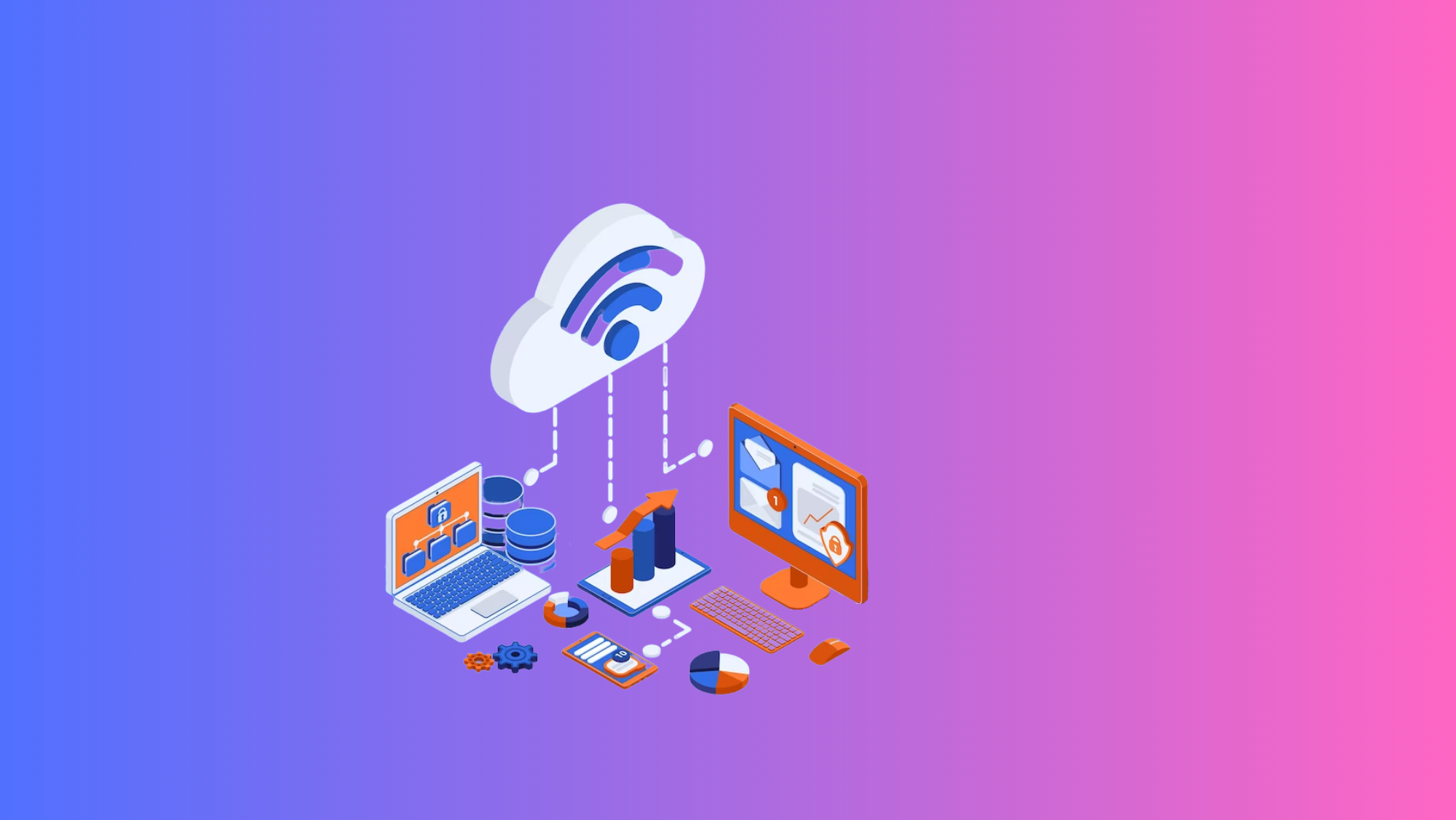Top 5 New Features in SAP CPI You Should Be Using in 2025
As integration needs grow more complex, SAP Cloud Platform Integration (SAP CPI), now part of SAP Integration Suite, continues to evolve rapidly. In 2025, SAP has rolled out several powerful new features that help businesses simplify integrations, improve monitoring, and boost performance. Let’s dive into the top 5 new features in SAP CPI that you should start leveraging right away.
1. AI-Powered Integration Flow Recommendations
SAP CPI 2025 introduces AI-Driven iFlow Recommendations, where the platform analyzes your system landscape and suggests optimal integration patterns based on:
- System connectivity
- Data volume
- Historical integration patterns
- Error trends
Why it matters:
This reduces manual design time, avoids common mistakes, and accelerates the deployment of best-practice integrations.
Use Case: For businesses integrating SAP S/4HANA with Salesforce or third-party ERPs, the AI engine can suggest the most stable connectors, pre-built content, and security configurations.
2. Advanced Message Mapping Enhancements
In 2025, SAP enhanced the Message Mapping tool with:
- Inline testing and debugging
- Live payload previews
- Enhanced function libraries (reusable custom functions)
- Native JSON and EDIFACT support
Why it matters:
Mapping transformations are now faster, easier, and more transparent — especially for complex B2B integrations.
Use Case: When processing large EDI transactions with multiple nested loops, the live payload preview allows real-time validation before deployment.
3. Event Mesh Integration (Next-Gen Event-Driven Architecture)
SAP CPI now has seamless integration with SAP Event Mesh:
- Native support for asynchronous event processing
- Reduced system coupling
- Built-in message buffering and failover
Why it matters:
Event-driven architectures increase system resilience and real-time responsiveness, crucial for modern hybrid integrations.
Use Case: Order processing, inventory updates, and real-time customer notifications across SAP and non-SAP systems.
4. Enhanced Monitoring with Predictive Alerts
SAP has overhauled CPI monitoring with:
- Predictive alerting using machine learning
- Anomaly detection on message failures
- Auto-generated remediation suggestions
Why it matters:
Proactive monitoring allows teams to prevent outages before they occur, ensuring higher uptime and smoother operations.
Use Case: Anomalies in payment processing or sudden increases in failed IDocs can be flagged before impacting end-users.
5. Low-Code Integration Development
With SAP Integration Suite's Low-Code/No-Code capabilities fully integrated into CPI:
- Drag-and-drop iFlow builders
- Simplified connectivity setup wizards
- Pre-built integration accelerators for SAP and non-SAP
Why it matters:
Even non-technical users or business process experts can build and deploy integrations quickly without deep CPI expertise.
Use Case: Marketing teams can independently integrate customer data from SAP CDP into Salesforce without waiting on IT teams.
Conclusion
2025 is shaping up to be a breakthrough year for SAP CPI. The combination of AI, event-driven architectures, predictive monitoring, and low-code tools makes it more accessible, powerful, and business-friendly than ever before. Companies that adopt these features early will gain a significant edge in integration agility, performance, and resilience.
Now is the perfect time to explore these features and future-proof your integration landscape.
You May Also Like
These Related Stories

Implementing SAP EWM: Best Practices and Strategies for Success

Navigating SAP BRIM: 5 Essential Tips for Implementation & Integration


No Comments Yet
Let us know what you think